Export materials and products
Export materials and products
Masu was originally an old Japanese meter used to measure the weight of rice. Currently, the Japanese cuisine boom in foreign countries has introduced “Masu” as an exotic and innovative container. Masu is becoming well known abroad. We provide standard and many other styles of Masu. Custom branded signs, laser processing, and silkscreen printing are upon request.
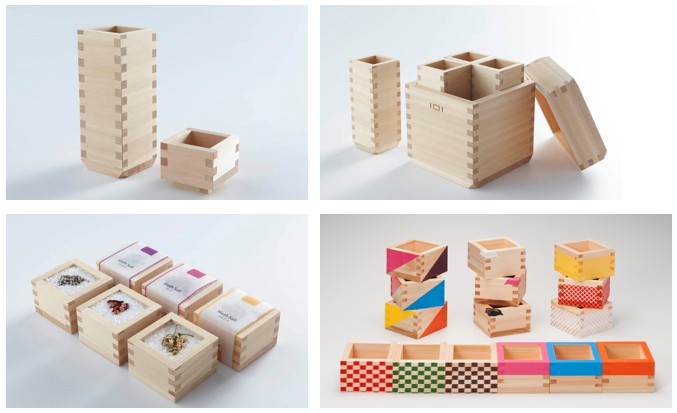
History of Japanese Masu
For over 1300 years, the Masu has played an important role in Japanese tradition.
Originally a measuring cup for foods such as rice and soy sauce, the Masu was used to measure rice when it was common as a form of currency.
For the Japanese people, the Masu was as valuable and important as the rice it contained, and this tradition remains an essential part of the lives of people today.
More recently, the Masu has become widely acknowledged as a vessel for serving Sake, as well as a symbol of good luck.
The term “Masu” translates to “growth” in Japanese, and is thus an icon of prosperity and great happiness.
Masu is also used in sacred rituals, and holy offerings are often presented to the spirits in the Masu box.
On the day before the official start of spring, it is customary for farmers to offer beans in a Masu box to pray for a rich harvest.
Masu is unique because it is put together wedging together precisely cut pieces of wood and applying a very small amount of adhesives, without the use of any nails.
What makes our Masu special?
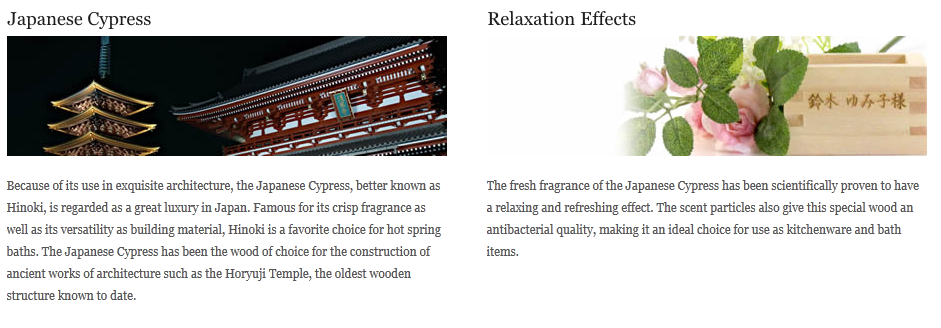

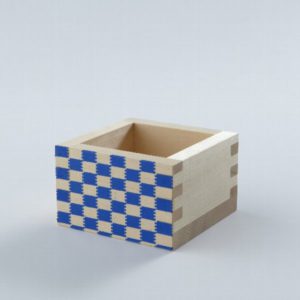

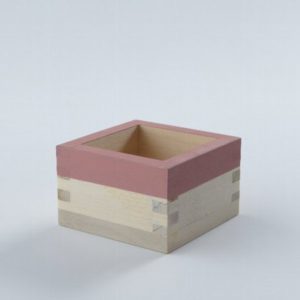
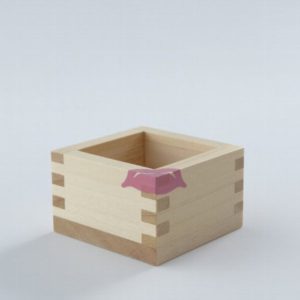
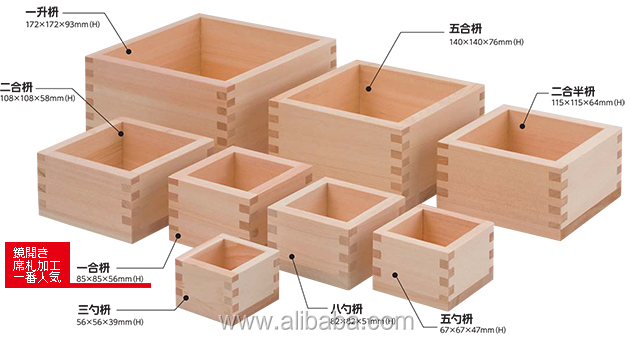
The Masu box has been in use for over 1300 years. The traditional sizes of the Masu box were regulated some 500 years ago and have not changed since.
There are three traditional units in Japan. They are called the Shaku, the Gou, and the Shou. The size of these units get bigger in this order.
1 Gou or Ichigou , is 10 Shaku, at approximately 180ml.
1 Shou is 10 Gou, which is about 1800ml or 1.8 liters.
1 Shaku, or Isshaku, as said in Japanese, is roughly equivalent to 18ml.
Originally a measuring cup for foods such as rice and soy sauce, the Masu was used to measure rice when it was still used as a form of currency. For the Japanese people, the Masu was as valuable and important as the rice it contained, and this tradition remains crucial to the lives of the Japanese to this very day.
More recently, the Masu has become widely acknowledged as a vessel for serving Sake, as well as a symbol of good luck. The term “Masu” translates to “growth” in Japanese, and is thus an icon of prosperity and great happiness.
The Masu box is an extremely versatile instrument. Besides from being a token of good luck, it has traditionally been used as a measuring cup and a sake vessel. Masu is also an ideal item for keeping accessories, holding a memo pad, or as a gift of celebration. Your imagination is the limit when it comes to inventing creative ways to use the Masu box.
In what situations would you use a Masu box?
| Size | ||
|
Large
|
1 sho masu | 172×172×93mm |
| 5 go masu | 140×140×76mm | |
| 2-1/2 go masu | 115×115×64mm | |
| 2 go masu | 108×108×58mm | |
| 1 go masu | 85×85×56mm | |
| 1 shaku masu | 82×82×51mm | |
| 5 shaku masu | 67×67×47mm | |
| 3 shaku masu | 56×56×39mm |

Please feel free to contact us
We are a member of Showa Concrete Industry Group.